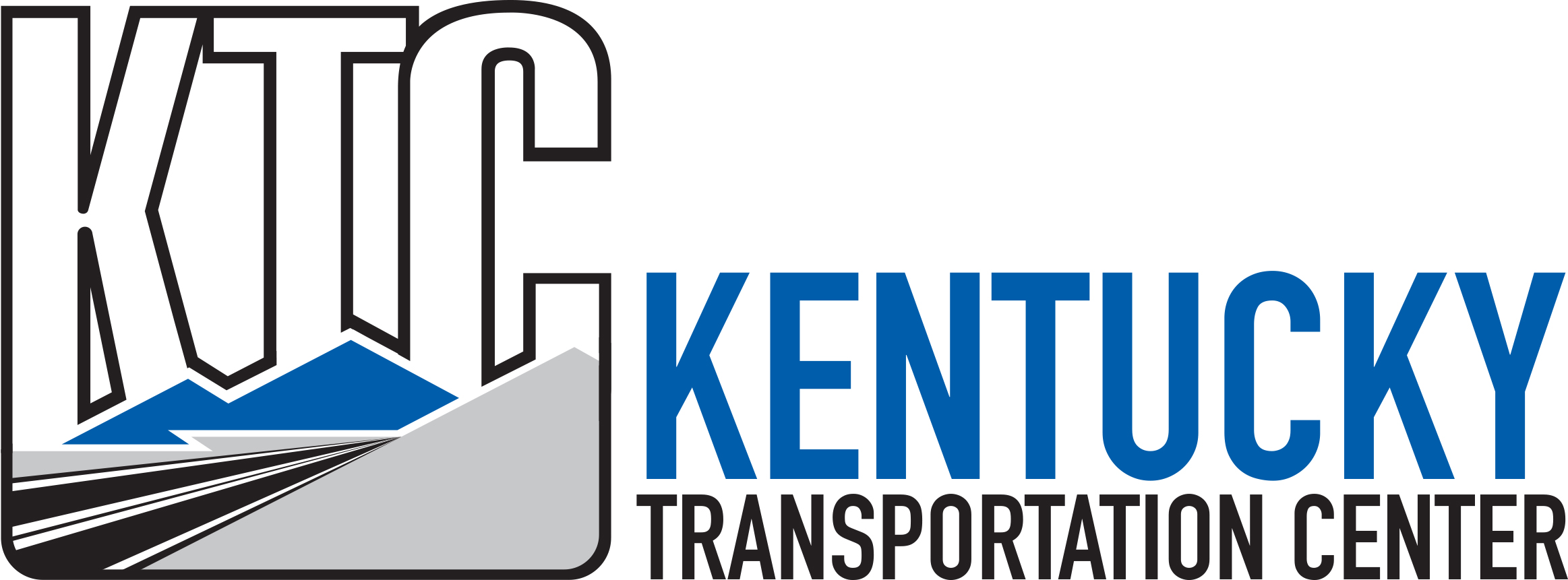Abstract
The Kentucky Transportation Cabinet (KYTC) conducted an experimental project to investigate the use of accelerated maintenance painting on several overpass and elevated steel structures (74,000 ft2) in Louisville. Accelerated maintenance painting procedures specified for this project entailed limited access for the painting contractor coupled with incentives/disincentives to complete each phase of the work involving traffic closures on the underlying roadways. The approach was coupled with the use of abrasive blasting for surface preparation and the application of a rapid-cure 2-coat paint system to facilitate the work.
The project was let for $402,800. The contractor proceeded to paint 4 spans designated for convention painting (no access time limitations or incentives/disincentives). Three spans were designated for accelerated maintenance paint. Those were divided into 6 control areas with between 4,000 to 6,000 ft2 of steel to be painted. The contractor was allotted 9 to 12 hours to paint those areas on separate days. During the accelerated maintenance painting, the contractor experienced several time overruns and problems with blistering coatings on several spans. The latter was due to primarily to excessive coating thicknesses. A portion of the work was completed properly validating the technical approach employed. The accelerated maintenance painting portion of the work is described in detail. Recommendations are provided for implementing future accelerated maintenance painting projects.
Report Date
10-2004
Report Number
KTC-04-29/FR135-04-1I
Digital Object Identifier
http://dx.doi.org/10.13023/KTC.RR.2004.29
Repository Citation
Palle, Sudhir and Hopwood, Theodore II, "Accelerated Maintenance Painting – Jefferson County Federal Aid Research Task No. 135" (2004). Kentucky Transportation Center Research Report. 195.
https://uknowledge.uky.edu/ktc_researchreports/195



Notes
The contents of this report reflect the views of the authors, who are responsible for the facts and accuracy of the data presented herein. The contents do not necessarily reflect the official views or policies of the University of Kentucky, the Kentucky Transportation Cabinet, nor the Federal Highway Administration. This report does not constitute a standard, specification, or regulation.